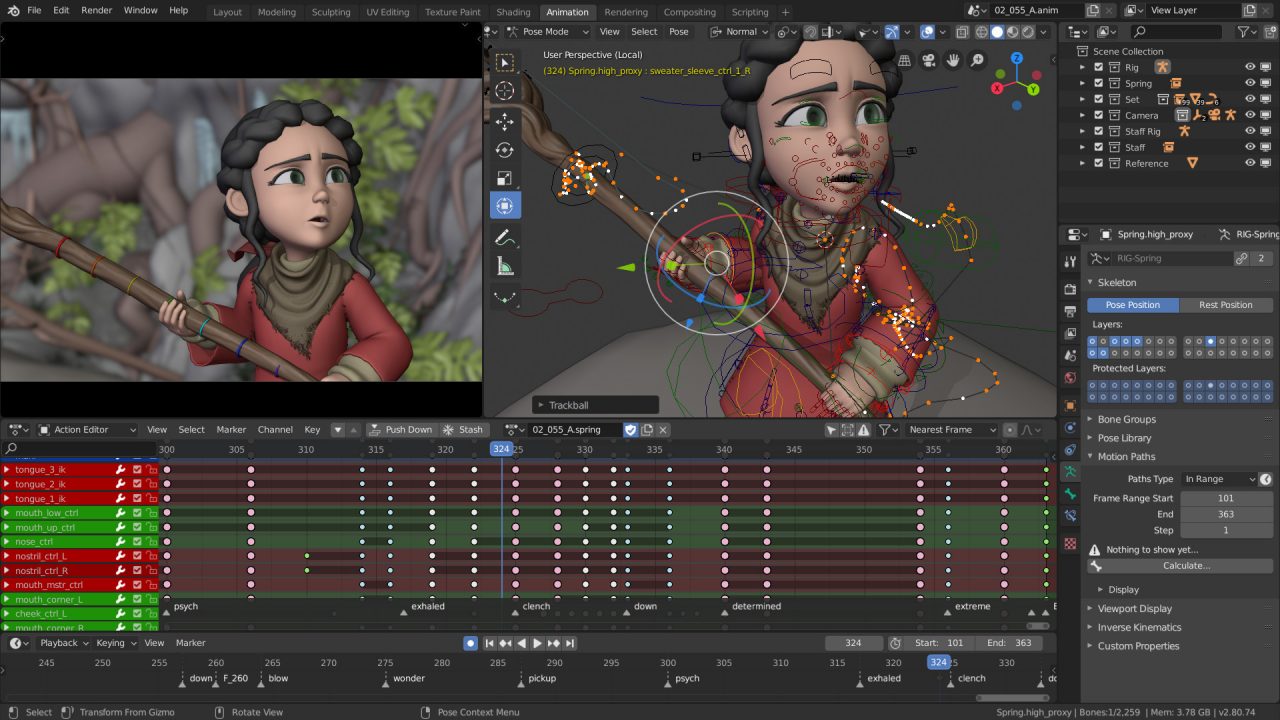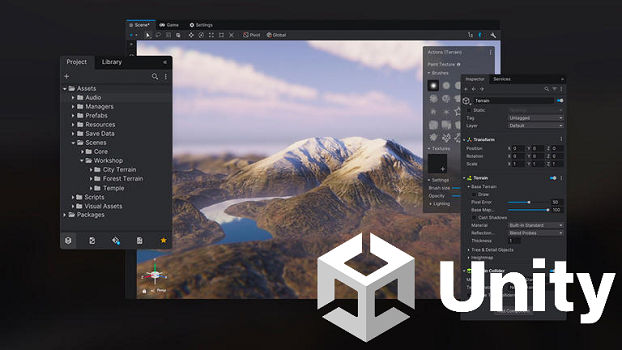“Over 21 million Americans suffer from [Substance use disorder (SUD)] but there are only around 3000 physicians trained to treat them” (Association of American Medical Colleges). SUD has been an ongoing issue that has affected millions of individuals all over the world. In 2017, the National Survey on Drug Use and Health (NSDUH) identified that over 19.7 million Americans (ages 12 and older) suffered from SUD [1]. Furthermore, these statistics have only become more severe with the rise of COVID-19 and increased unemployment among the American population. According to the National Center for Drug Abuse Statistics (NCDAS), there were over 37.309 million Americans (ages 12 and older) that were illegal drug users as of 2020. This is almost double the number of individuals suffering from SUD reported within the span of only three years. And, despite these statistics, there are not nearly enough physicians available to help and treat these patients.
How else are we supposed to help individuals suffering from SUD if there is an insufficient amount of physicians available? The answer to this lies in today’s advancing technology. Virtual reality (VR) involves the use of computer-generated modeling and simulation that allows an individual to interact with an artificial three-dimensional (3-D) visual or other sensory environments. VR first began piquing interest in the public eye back in the late 1800s, when the first stereoscope had been invented using twin mirrors to project a single image [3]. Since then, VR technology has continued to improve by leaps and bounds, today being able to simulate realistic everyday life scenarios in games and media. However, the limitations of VR do not end within the entertainment field. Far from it, in fact, in recent years VR has begun expanding its usage in the medical field. In an article published by the National Library of Medicine in 2018, the researchers described several instances in which VR was utilized during medical practice training and helped to improve the overall learning education of those that used it [12]. Furthermore, in a meta-analysis study conducted in 2019 researching virtual reality exposure therapy (VRET) for posttraumatic stress disorder (PTSD), researchers found that VRET did yield results proving it was more efficient in improving PTSD symptom severity and symptoms of depression compared to waitlist controls [6].
In this way, from the analyzed literature, it can be determined that there needs to be an implemented change in our country’s support system regarding individuals with SUD. In order to remediate the lack of physician help that is available in American society, it is necessary to make treatments that use advanced technology more accessible and personalized to patients. This paper aims to do that by demonstrating an inexpensive method to develop a personalized recovery room and avatar using VR based on the user’s physiological signals (in this case, heart rate).



Recent Comments